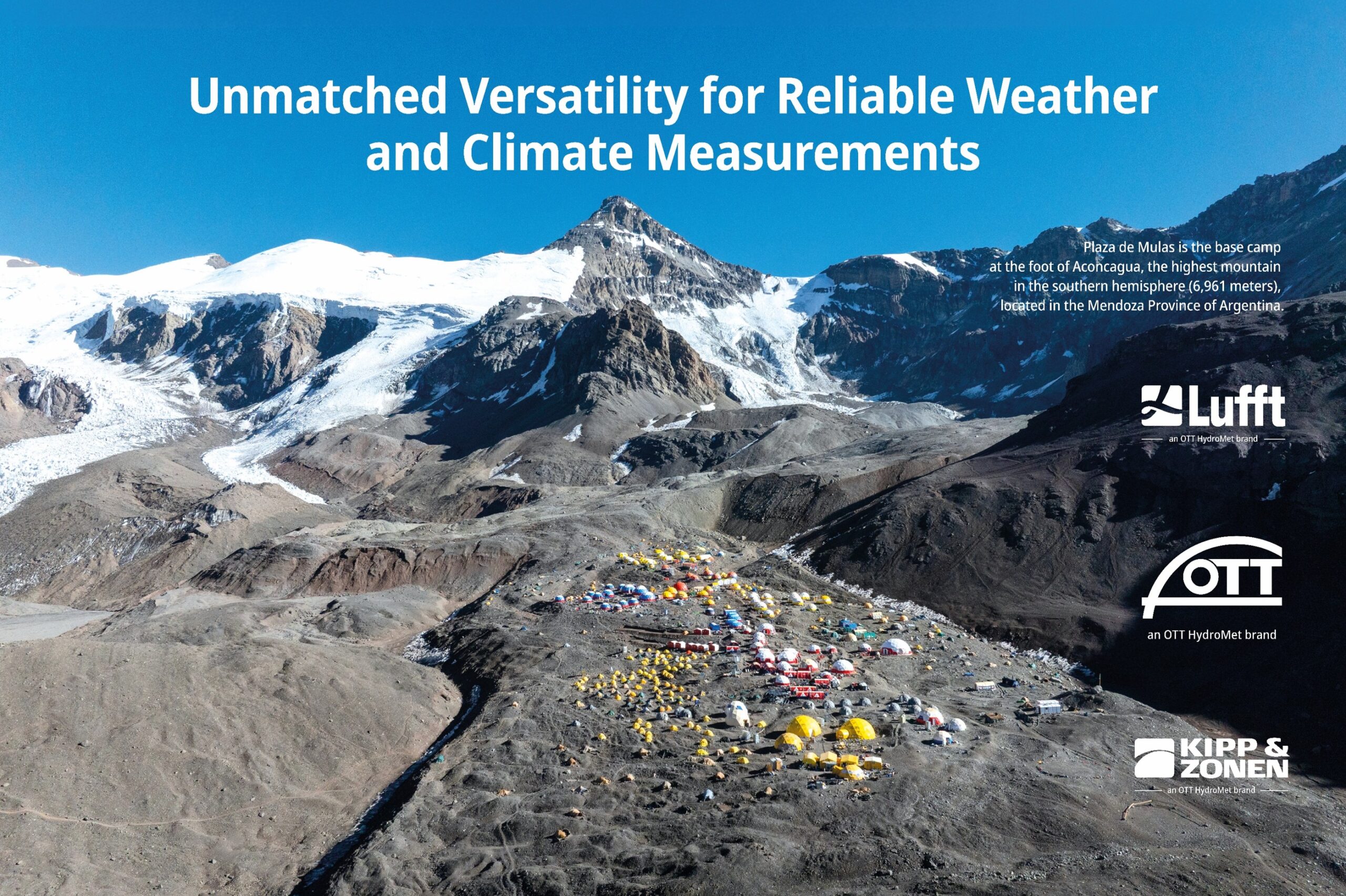You are not in the mood for grey weather anymore? You are fed up with snow, sleet and roads slippery with black ice? You still have some leftover leave from last year? Lucky you! You could take the next flight to someplace nice and warm. Where the sea sparkles in the sunlight in shades of blue, where you walk barefoot in the warm sand and enjoy colourful sunsets and mild evenings at the hotel bar. At least, that is how it should be. If luck turns bad on you, the winter weather might be following you and your spontaneous trip might be drowned in thunderstorms and rain. That would be a shame, but still not a matter of life and death. Of course.
You are not in the mood for grey weather anymore? You are fed up with snow, sleet and roads slippery with black ice? You still have some leftover leave from last year? Lucky you! You could take the next flight to someplace nice and warm. Where the sea sparkles in the sunlight in shades of blue, where you walk barefoot in the warm sand and enjoy colourful sunsets and mild evenings at the hotel bar. At least, that is how it should be. If luck turns bad on you, the winter weather might be following you and your spontaneous trip might be drowned in thunderstorms and rain. That would be a shame, but still not a matter of life and death. Of course.
Dead calm
If the weather is a crucial factor for the success and survival of your own company, that makes it a different matter altogether. That would be the case if you were a farmer, or a wind farmer. Especially wind farmers depend on reliable weather. Costs for the construction of an average-sized wind farm easily reach a two-digit million amount. With risks as high as that it could be fatal to find out that you have chosen a rather windless location for your wind-needing business. Of course there is still the option of hiring some qualified personnel and make them blow at your wind engines as hard as they can on a daily basis… but would that be economically reasonable?
No more nothing doing (or rather: blowing)
Of course it is better to make sure in advance that you have chosen the perfect location. In order to find out about that you will have to perform a number of tests and measurements. You can, for instance, note down average wind speeds and wind directions over a defined period of time. This so-called profiling will provide you with data that will help you calculate at which point of time your planned investment will start to be profitable. The profiling should be done over at least one year so that data of all four seasons can be collected. During this time, the data collection should not be interrupted. Apart from all data concerning wind, information about ice and about visibility are to be collected as well. All this combined will be the basis for your decision. Later, when your business is running, the sensors will still feed their wind data into the control system of your wind engines. They will be able to react to changing conditions immediately and will reposition the rotor blades accordingly.
Full wind speed ahead
LUFFT wind speed sensors work with ultrasound technology and are tested in the company-owned wind tunnel. This is how wind park owners always know about the direction and the speed of the wind. Well, in case you might not like that idea: you can still think about hiring some personnel to blow for you…



